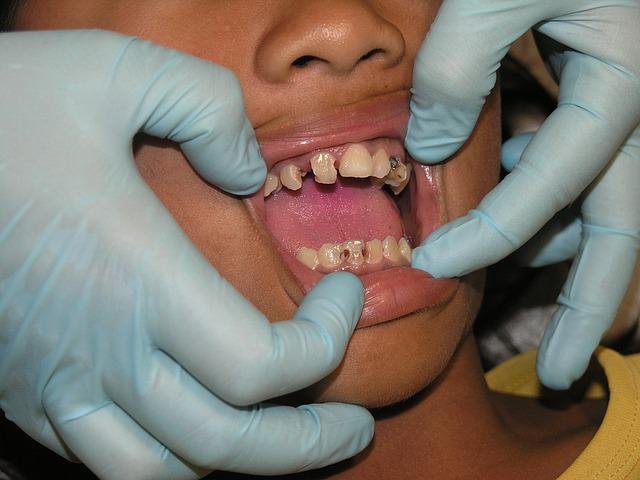
Toothache is generally referred to as continuous pain in the mouth, and specifically in and around the teeth. The location of the pain is usually also the affected zone of the disease. Teeth are strong and strong. Nevertheless, they have sensitive nerve cords.
Homeopathic remedies are used to relieve pain. They are given concomitantly with dental treatments in order to avoid complications, prevent and alleviate discomfort after treatment.
Which homeopathic remedies help?
Physical symptoms are described below. Choose a homeopathic remedy for toothache that best suits your situation.
Aconitum
for sudden, severe, shooting toothache. Triggers can be drafts, cold wind, the onset of a cold or anger. Worse in the evening and at night.
Belladonna
in case of sudden, pounding or throbbing toothache. The affected cheek may be red and swollen, and the gums are deep red. Improvement in pain in the evening. Aggravated by fresh air, cold and touch.
Veronica
Tearing root pains, as from knife wounds.
Millefolium
Bleeding gums, periodontitis, also with other inflammations of the gums. Bright red bleeding, for example after brushing your teeth, is characteristic.
Hemlock virosa
Dental problems caused by permanent teeth grinding.
In case of tooth eruption
Chamomilla
unbearable pain. One side of the face is hot and red, the other side is pale. Worse at night, from cold air, and from hot food or drink. Patient is very irritable and restless. Also very suitable for children and infants during teething.
Coffea
stabbing, shooting pains that come and go. Cheeks are hot and red. Improved by ice cold water or ice cubes, aggravated at night and by heat.
Rheum
In infants and young children when teeth are erupting. There is profuse salivation. The gums are red and swollen. Eating is refused, accompanied by diarrhea. In addition, highly irritable mood.
Cypripedium pubescens
For teething children who cannot sleep at night. The face is red, the children feel warm but have no fever.
By tooth decay
Calcium fluoratum
with carious teeth and gum inflammation with jaw shrinkage.
Hydrofluoric acid
Decayed teeth and inflamed gums with shrinkage. Earlier caries or weak teeth in babies and small children and the tooth roots attacked as a result. Even with late teething. The remedy is used to strengthen the teeth and can also help adults with caries and dental problems such as fistula formation.
Tuberculinum
Increased tartar formation and nocturnal teeth grinding. Increased caries disposition with strong bad breath. Striking sensitivity to pain and temperature. Loose or loose teeth.
Calcium sulfuricum
For inflammation of the gums and periodontal disease, to relieve painful burning of the gums. Also suitable for caries treatment and prophylaxis. Children benefit from the remedy in the event of delayed tooth eruption.
With increased salivation
Soluble mercury
for inflamed tooth roots, ulcers and bleeding gums. Strong salivation and bad breath with slimy, swollen tongue with teeth impressions.
Plantago major
Severe carious toothache with copious salivation.
After dental treatment
Arnica
with pulling or dull pain e.g. B. after drilling or tooth extraction. Also for injuries to the gums or pressure problems caused by dentures and swollen cheeks.
Hypericum
Pain radiates to the upper or lower jaw even though the tooth has been removed. Improved by cooling, aggravated by heat.
Hekla lava
Chronic caries disease. Inflammation of the eyes or fistulas in the eyes often occur at the same time. Suitable after dental or maxillofacial surgery.
Causes of Toothache
Toothache can be caused by various diseases and damage, which are triggered or influenced by various factors such as heat, cold or hard biting:
- Tooth growth (and the associated puncturing of the gums)
- caries
- gingivitis
- Inflammation of the tooth root or the surrounding bone
- teeth grinding
- periodontitis
- mechanical damage/injuries
- wisdom teeth
Due to the high proportion of microorganisms, leftover food, moisture and few antibodies, the oral cavity offers an excellent environment for pests.
Further tips and information on treatment
Various practices can be used to prevent this. Thorough dental care can be designed with various means.
- thorough brushing,
- cleaning the gaps with dental floss,
- mouthwash and the
- Tongue cleaning are components and reduce the vermin in the mouth.
However, most badly damaged teeth need to be treated by a dentist.






